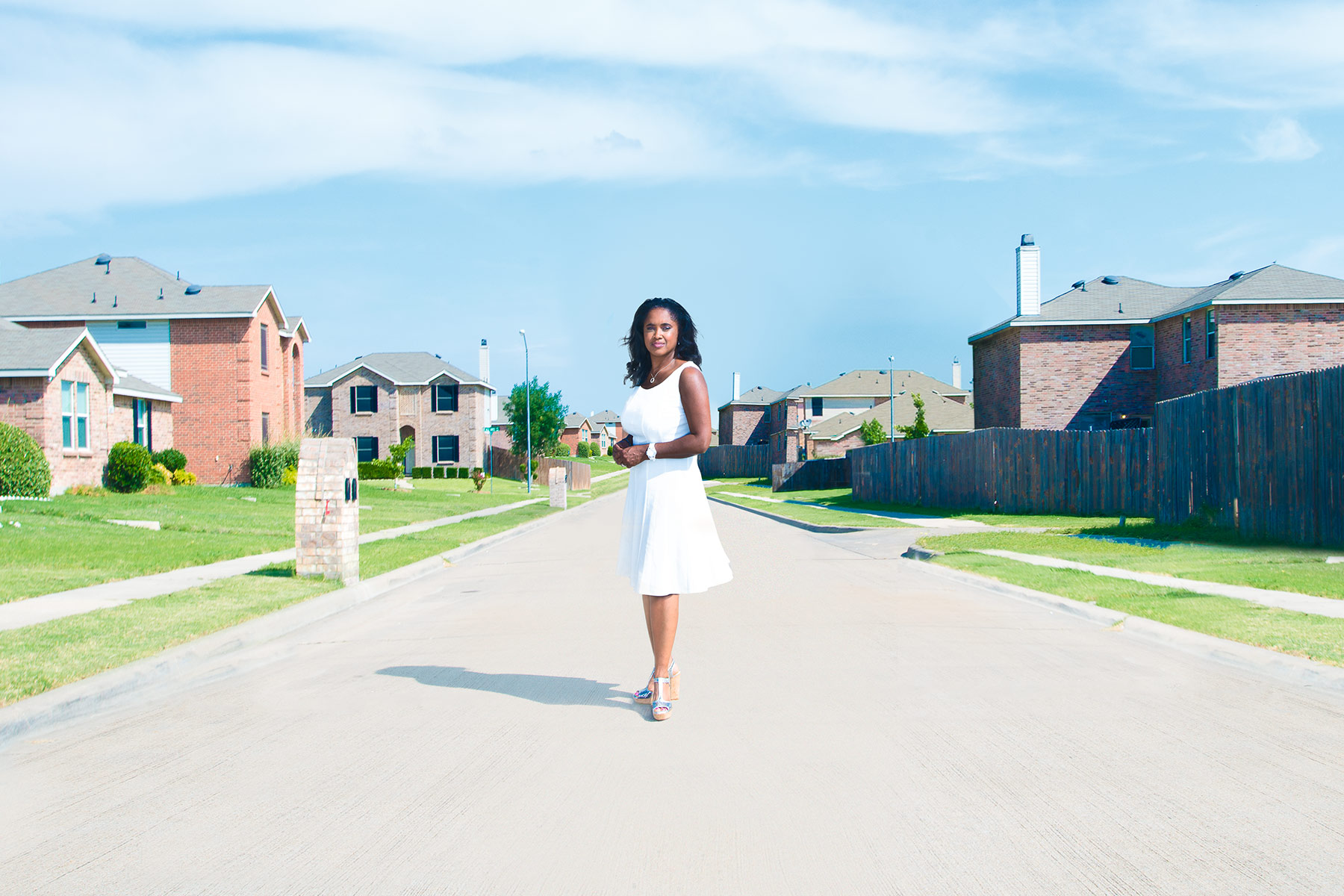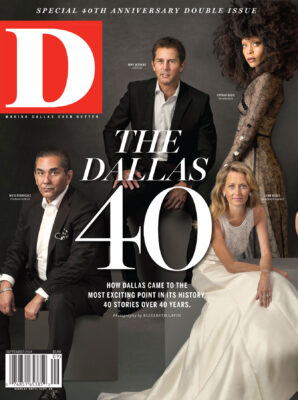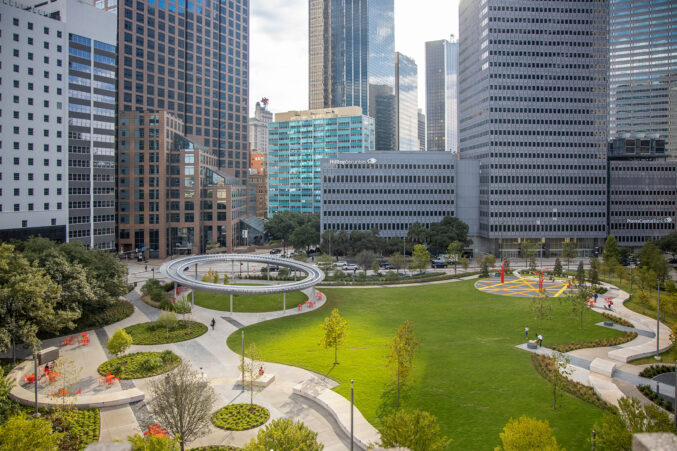Kendra Norwood’s lancaster neighborhood is the kind of place where people wave from their cars. Where one neighbor fills in Norwood on the block’s gossip and another stops by with a recipe to share. Norwood probably has a new one for him, too.
Norwood’s neighborhood wasn’t always this way. Lancaster grew 40 percent from 2000 to 2010, and the black population increased by 82 percent during this time frame. It happened elsewhere, too. In the 1990s and 2000s, during what was termed black flight, many families in Dallas were looking for better schools, bigger homes, lower crime rates, or, in Norwood’s case, just less congestion. This movement changed the face of Dallas ISD entirely, which, in 1995, was 43 percent black. Today, it’s down to 23 percent.
Nineteen years ago, Norwood, then 29 and a single mother, looked at Allen, McKinney, Richardson, Garland, and Duncanville before settling on Lancaster. It was a decision, she discovered, that has helped her support her two hobbies: eating and traveling. “We live in a modest house so we can travel. Lancaster is affordable. It’s 15 minutes away from downtown Dallas,” says Norwood, who lived near her parents in Oak Cliff after college. “It’s moving away from Mom and Dad, but not really.”
Now her daughter is grown and living 10 houses over, and Norwood is remarried, with a 12-year-old son and two stepsons. A Keller Williams real estate agent for nine years, she’s been watching the growth and changes in North Texas. But even though other parts of town are alluring, Norwood is perfectly content coming home from work to catch up on neighborhood gossip and sit in her backyard while her husband puts dinner on the grill.







